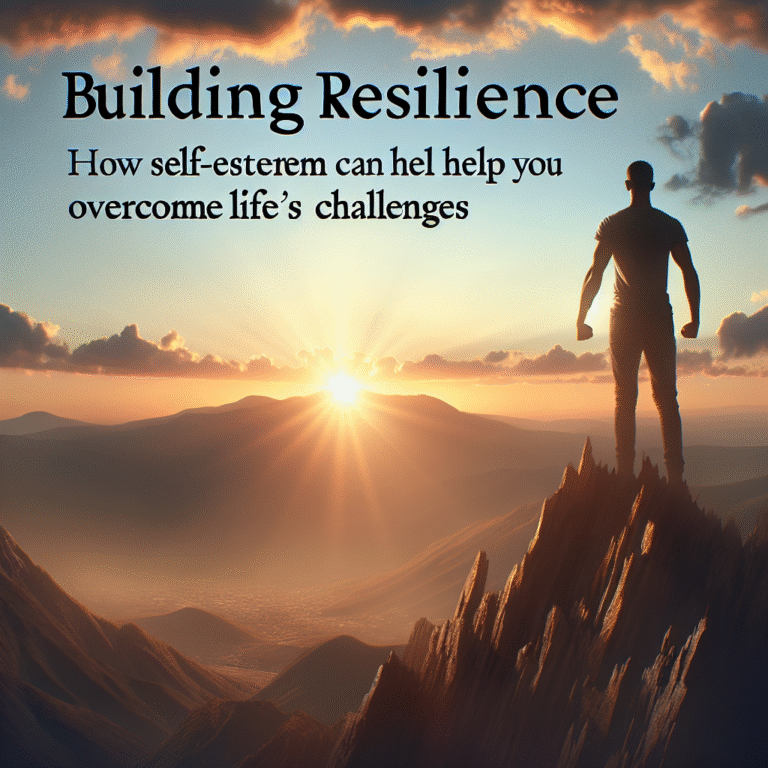
Introduction
In today’s fast-paced digital world, it’s all too easy to find ourselves flitting from one distraction to another. Notifications, emails, and social media pull our focus in a myriad of directions, often leaving us feeling overwhelmed and unproductive. But what if you could turn the tide and harness your attention in a way that not only enhances your learning but also transforms how you engage with information? Welcome to the realm of selective attention, where the journey from distracted to determined begins.
Understanding how to effectively manage our attention is not just a desirable skill; it’s essential for improved learning outcomes. In this article, we will explore the importance of selective attention, examine some compelling case studies, and provide actionable strategies that can propel you toward a state of unwavering focus. By the end, the goal is not just to know how to harness selective attention for better learning—but to feel motivated to put these principles into action.
The Science of Selective Attention
Selective attention refers to the cognitive process of focusing on a particular stimulus while ignoring others. This mechanism is crucial for efficient learning, as it allows us to filter out distractions that can impede our understanding and retention of new information.
The Mechanism Behind Selective Attention
To fully appreciate its power, it’s essential to delve into the neuroscience behind selective attention. Studies show that our brains have a limited capacity for processing information at any one time. When we concentrate on a particular task or piece of information, our brain activates specific neural pathways that enhance our cognitive capabilities.
For example, research from the Journal of Neuroscience found that when subjects were instructed to focus on a specific task while ignoring irrelevant stimuli, there was a notable increase in neural activity in the areas associated with the task at hand. This finding underscores the transformative potential of learning to direct our attention purposefully.
Case Study: The Power of Focus
A notable example demonstrating the effectiveness of selective attention comes from a study conducted by Stanford University. Researchers found that students who practiced mindfulness meditation showed enhanced focus and cognitive flexibility compared to their peers who did not engage in such practices. This improvement correlated with better academic performance, showcasing how harnessing selective attention can foster a more profound and effective learning experience.
Strategies for Harnessing Selective Attention
Now that we understand the significance of selective attention, let’s explore actionable strategies to move from distracted to determined in our learning endeavors.
1. Create a Distraction-Free Environment
One of the foundational steps in harnessing selective attention is creating an environment conducive to focus. This may involve:
- Decluttering your workspace: Remove unnecessary items that can divert your attention.
- Using apps to block distractions: Leverage technology to limit access to distracting websites during study sessions.
Table 1: Distraction-Free Environment Tips
| Tip | Description |
|---|---|
| Declutter Workspace | Remove non-essential items. |
| Use Focus Apps | Apps like Freedom or Focus@Will. |
| Set Boundaries | Inform others of your study time to minimize interruptions. |
2. Implement the Pomodoro Technique
This technique encourages concentrated work sessions followed by short breaks. A typical Pomodoro consists of 25 minutes of work followed by a 5-minute break. This method can enhance your ability to concentrate, reducing mental fatigue and improving retention.
3. Practice Mindfulness
Mindfulness practices, such as meditation or deep breathing, can significantly enhance your capacity for selective attention. Studies show that regular mindfulness practice leads to physical changes in the brain, particularly in areas linked to attention and self-regulation.
4. Set Clear Goals
When you have a specific, achievable goal, your brain is more likely to focus on the task at hand. Whether it’s completing a chapter in a textbook or finishing a report, having clear objectives helps to direct your selective attention.
Case Study: Goal Setting in Education
A study from the University of Pennsylvania highlighted that students who set specific learning targets showed increased engagement and higher test scores compared to those without defined goals. This reinforces the notion that targeted focus drives successful learning outcomes.
Cultivating Selective Attention Habits
1. Visualization Techniques
Employing visualization can help you mentally prepare for focused study sessions. Picture yourself engaged in your studies, blocking out distractions, and achieving your learning objectives. This technique primes your mind for success.
2. Regular Review Sessions
Incorporating spaced repetition in your study routine allows you to periodically revisit learned material, reinforcing memory retention. This method not only enhances your knowledge base but also strengthens your selective attention by requiring focused engagement with the material.
3. Limit Multitasking
Research indicates that multitasking can significantly reduce productivity due to divided attention. Focus on one task at a time to fully engage your cognitive resources and maximize learning. When you make this switch, you’ll find yourself naturally transitioning towards being more determined in your educational endeavors.
Table 2: Effective Study Techniques for Selective Attention
| Technique | Description |
|---|---|
| Visualization | Mentally preparing for focus. |
| Spaced Repetition | Revisiting material over time for better retention. |
| Monotasking | Focusing on one task at a time for maximum engagement. |
The Role of Technology in Attention Management
While technology can often be a source of distraction, it can also be a powerful ally when harnessed correctly. Numerous tools and applications have emerged to help individuals manage their attention effectively.
Productivity Apps
Apps like Trello and Notion offer organizational platforms that help you clarify tasks and set deadlines, making it easier to sustain focus. Meanwhile, tools like Focus@Will provide background music designed to enhance concentration and productivity.
Online Communities and Support
Participating in study groups or online forums can not only aid in learning but also hold you accountable in your commitment to selective attention. Engaging with others who share your educational goals fosters a supportive environment that can further reinforce your focus.
Overcoming Common Barriers to Selective Attention
Transitioning from a state of distraction to determination can be fraught with challenges. Here are some common barriers you might encounter and strategies to overcome them.
1. Information Overload
In an age of constant information bombardment, it’s easy to feel overwhelmed. To combat this, prioritize quality over quantity regarding the information you consume. Select reliable sources and focus only on what is relevant to your learning goals.
2. Emotional Distractions
Anxiety, stress, and emotional turmoil can significantly impede your ability to concentrate. Practicing self-care techniques like exercise, healthy eating, and adequate sleep can help mitigate these distractions, allowing you to focus on your studies more effectively.
3. Social Influences
The pressure to stay connected with friends or peers can lead to distractions. Setting boundaries around social media usage while studying can help you stay committed to your learning objectives.
Conclusion
Transitioning from distracted to determined is a journey that requires both awareness and action. By harnessing selective attention, you can dramatically improve your learning outcomes and overall engagement with educational materials. Whether through mindfulness, strategic goal setting, or the use of technology, adopting these practices will not only boost your productivity but also imbue you with the confidence to pursue your academic aspirations.
Actionable Takeaway
Start implementing one or two of these strategies today. Whether it’s creating a distraction-free workspace or trying out the Pomodoro Technique, take that first step toward harnessing your attention. Remember, every small change leads to significant results over time.
Frequently Asked Questions (FAQs)
1. What is selective attention, and why is it important for learning?
Selective attention is the cognitive process of focusing on a specific aspect of information while ignoring distractions. It is vital for learning as it enhances memory retention and comprehension.
2. How can I improve my focus while studying?
To improve your focus, create a distraction-free environment, set clear goals, implement structured study techniques like the Pomodoro Technique, and practice mindfulness.
3. Can technology help with selective attention?
Yes, technology can help manage attention through productivity apps, study tools, and organizational platforms designed to reduce distractions and promote focus.
4. What are the benefits of mindfulness for learning?
Mindfulness practices improve focus, enhance cognitive flexibility, and support emotional regulation, ultimately leading to better learning outcomes.
5. How long does it take to develop selective attention skills?
The timeframe varies for each individual, but consistent practice of focus-enhancing techniques can lead to noticeable improvements within a few weeks.
Transitioning from distracted to determined through selective attention is not just a dream but a reachable reality with focused effort and commitment. You hold the power to transform your learning experience—seize it today!
















